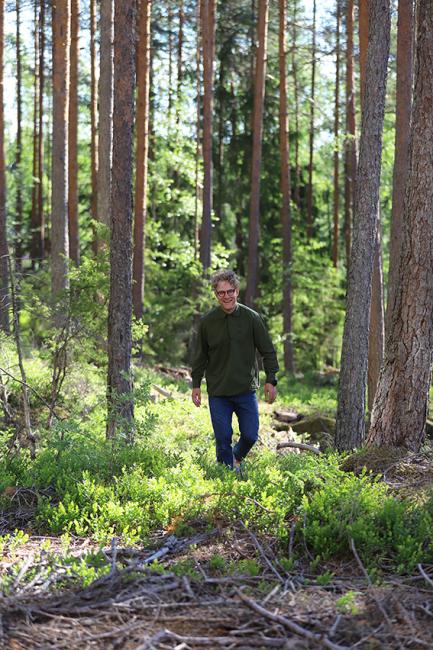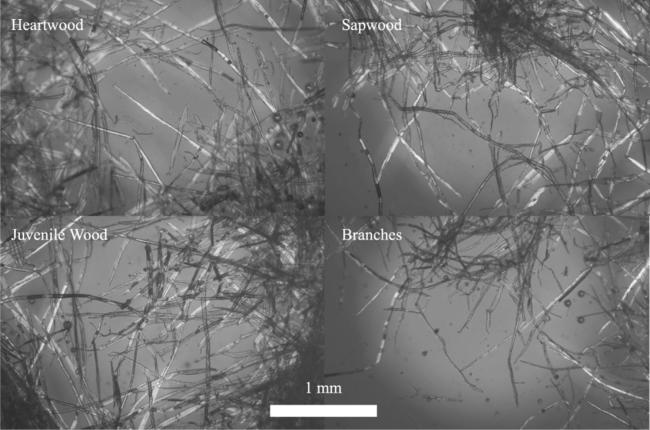Forest industry waste shown to have added value
2022-10-19Research shows that certain properties in pulp made from selected parts of spruce trees can have more added value than previously believed. Specific properties, such as the rigidity and elasticity of the paper product, vary depending on which parts of the spruce trees or other kinds of wood that are used when producing the pulp.
– We have used a regular spruce tree and manually divided it up into different sections, made pulp from these various parts and studied how this affect the paper process as well as the properties of the end product, says Björn Sjöstrand, senior lecturer in Chemichal Engineering. We have seen that what is currently regarded as forest industry waste, branches, can produce specific paper properties that can be desirable in certain cases. Fibres from branches can for example be described as something in-between hardwood and softwood fibres.
This research may have an impact on how we utilise and add value to a larger amount of the forest biomass, as well as affect how you categorise the raw materials in order to have end products with specific properties.
– We already knew that pulp from softwood has different properties than pulp from hardwood, says Björn Sjöstrand. What we have discovered through our experiments is that pulp made from only spruce tree branches has properties that lie somewhere in-between softwood and hardwood.
The research, financed by Pro2BE and Mistra Digital Forest, is a collaboration between researchers at Karlstad University, Royal Institute of Technology, and the Swedish University of Agricultural Science in Umeå.
Read the full article published in the Nordic Pulp & Paper Research Journal: Dewatering properties of pulps made from different parts of a Norway spruce.




